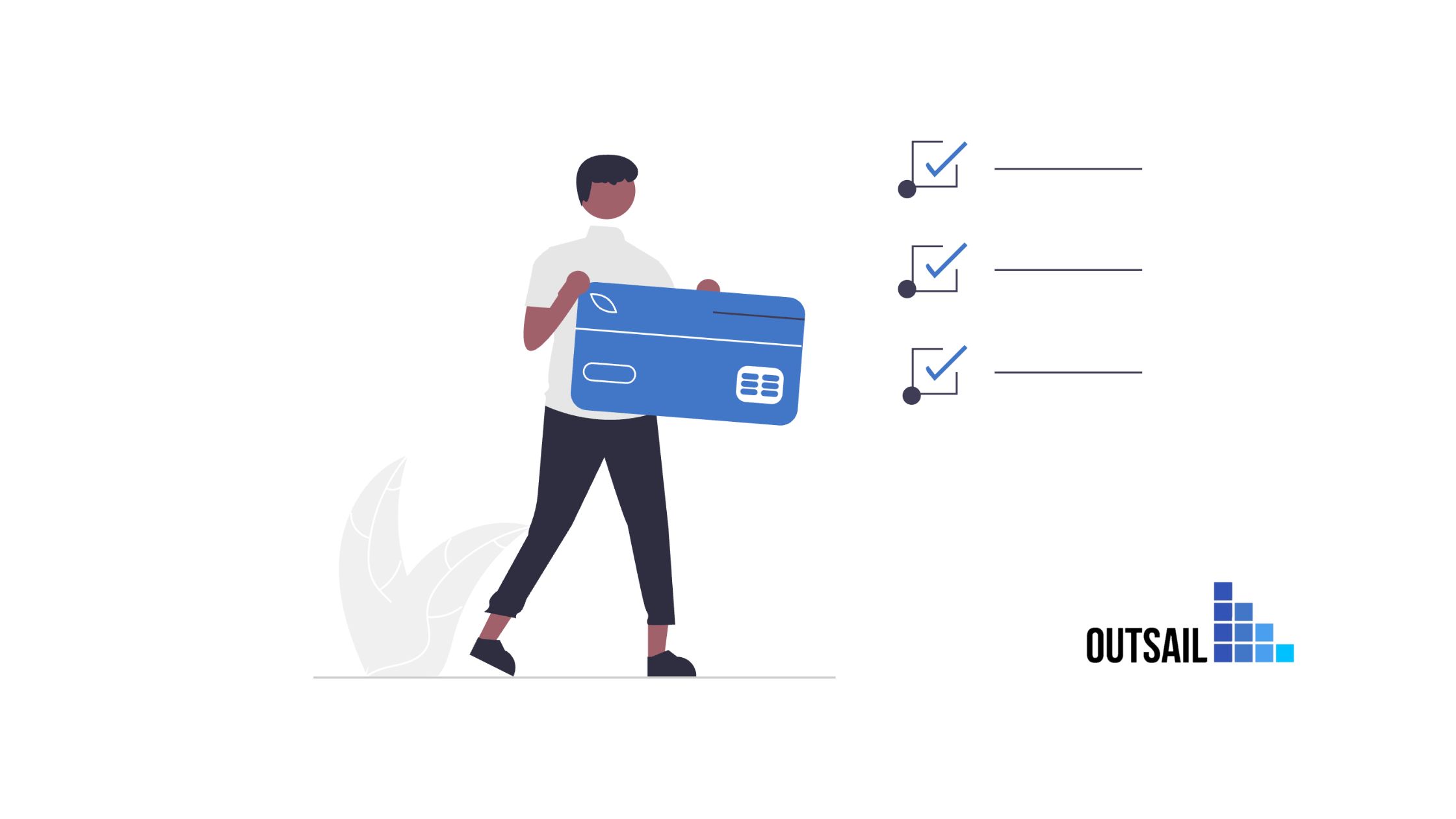Learn when to change HRIS with 15 key HRIS upgrade signs. Identify outgrowing HR software, HRIS replacement timing, and HR system limitations to decide if it’s time for a new solution.

Organizations often cling to inadequate HRIS platforms far too long, accepting inefficiencies and workarounds as normal operations. The fear of implementation disruption, combined with memories of the last painful system change, keeps companies trapped in systems that actively limit their growth and efficiency.
The cost of maintaining an outgrown system—measured in wasted time, manual errors, and missed opportunities—often exceeds the investment required for upgrade. When HR teams maintain critical checklists in spreadsheets, finance manually reformats payroll data, and managers can't access the information they need, your HRIS has become a liability rather than an asset.
These 15 signs indicate when to change HRIS systems, helping you recognize when workarounds have become workflows and inefficiencies have become accepted practice. Get a Free HRIS Assessment to evaluate your current system objectively.
The clearest sign of outgrowing HR software appears when essential HR processes migrate to spreadsheets, documents, and manual tracking systems. If your team maintains onboarding checklists in Excel because your HRIS workflows don't accommodate your actual process, you've already outgrown your system.
Common examples of external process management:
These external processes create fragmented data, version control problems, and compliance risks. Every process outside your HRIS represents wasted time, potential errors, and lost automation opportunities.
Your HRIS permission structure has failed when managers see confidential data they shouldn't access, or when HR admins must constantly run reports for managers who can't access their own team's information.
The visibility problem typically manifests as:
Modern organizations need granular controls that let managers see appropriate team data without exposing confidential information. When your HRIS forces you to choose between over-sharing and under-serving, it's time for a change.
When core HR functions require separate point solutions, your HRIS has fundamental inadequacies. Each bolt-on system might solve an immediate problem, but collectively they create an integration nightmare.
Your system ecosystem might include:
The true cost extends beyond subscription fees. Each system requires separate logins, manual data synchronization, and constant maintenance. Employees receive multiple system emails, managers juggle various dashboards, and your team wastes hours transferring data between platforms.
If you're processing payroll in batches because your system can't handle your full employee population simultaneously, you're experiencing a critical HRIS replacement timing indicator. This limitation doesn't just complicate processing—it multiplies error risks and extends processing windows.
Batch processing creates cascading problems. You might process hourly employees first, then salaried, then executives—each group requiring separate validation and approval cycles. If batch two fails while batch one succeeds, you're troubleshooting errors while trying to maintain processing deadlines. Tax calculations might vary between batches if rates change mid-process. What should take four hours stretches to twelve, with your team working late every pay period to accommodate system limitations.
Despite having an HRIS, many organizations still create schedules in Excel or even on paper, then manually enter them into the system. This duplication of effort signals that your scheduling module either doesn't exist or doesn't meet operational needs.
Manual scheduling leads to:
Modern HRIS platforms should automate scheduling based on business rules, skill requirements, and employee availability. If you're still building schedules outside the system, you're missing crucial efficiency gains.
When your finance team spends hours massaging payroll data before it enters the general ledger, your HRIS integration has failed. This manual intervention isn't just inefficient—it introduces errors that can impact financial reporting and compliance.
The reformatting typically involves:
Modern systems should seamlessly integrate with your GL, automatically mapping costs to appropriate accounts and eliminating manual intervention. If finance dreads payroll processing because of data manipulation requirements, your systems aren't truly integrated.
Standard HR metrics shouldn't require hours of data manipulation. Yet many organizations spend days creating basic reports because their HRIS can't produce usable outputs. When monthly reporting becomes a week-long exercise in Excel gymnastics, your system isn't serving its basic purpose.
Signs your reporting is broken:
Your HRIS should provide real-time dashboards and automated reporting for standard metrics. If you're manually compiling turnover rates, headcount reports, or compensation analyses, you need better reporting capabilities.
Today's workforce expects mobile access to HR systems. Employees want to request time off from their phones, managers need to approve expenses on the go, and field workers require clock-in capabilities without desktop access. If your HRIS lacks robust mobile functionality, you're forcing inefficient workarounds.
Mobile limitations appear as:
The absence of mobile access doesn't just inconvenience users—it delays critical processes and reduces system adoption. Modern employees expect consumer-grade mobile experiences from enterprise systems.
As regulations multiply and complexity increases, manual compliance tracking becomes unsustainable. If you're maintaining separate spreadsheets for FMLA tracking, ACA monitoring, or overtime compliance, your HRIS isn't meeting regulatory requirements.
Compliance gaps often include:
HR system limitations in compliance aren't just inefficient—they're dangerous. One missed deadline or calculation error can trigger penalties, lawsuits, or agency audits. Your HRIS should proactively manage compliance, not require manual oversight.
Your HRIS should connect easily with other business systems like payroll, finance, ATS, and benefits.
Instead, many outdated systems require:
If every new integration is a budget-draining IT project, your HRIS is holding you back. Modern solutions offer plug-and-play integrations and open APIs that grow with your business.
When employees must contact HR for routine tasks like address updates, W-4 changes, or benefits questions, your self-service capabilities have failed. This creates unnecessary work for HR while frustrating employees who expect digital convenience.
The impact of poor self-service:
Effective self-service reduces HR workload by 30-40% while improving employee satisfaction. If your team spends significant time on tasks employees should handle themselves, you need better self-service functionality.
Technology evolves rapidly, but some HRIS vendors coast on legacy systems without meaningful updates. If your vendor's idea of innovation is changing button colors while competitors offer AI-driven insights and predictive analytics, you're falling behind.
Warning signs of vendor stagnation:
Staying with a stagnant vendor means accepting competitive disadvantage. While other organizations leverage advanced analytics and automation, you're stuck with yesterday's technology.
Growth should be celebrated, not feared because your HRIS can't scale. If you're worried about system performance as you add employees, or if you've been told certain features don't work beyond specific thresholds, you're approaching dangerous limits.
Scalability constraints include:
Your HRIS should grow with your organization, not constrain it. Planning for growth with a system that can't scale forces eventual replacement under pressure—the worst possible scenario.
Quality vendor support makes the difference between minor hiccups and major disruptions. When support tickets go unanswered, responses don't solve problems, or you're told to find workarounds rather than fixes, the vendor relationship has deteriorated beyond recovery.
Support degradation manifests through:
Poor support transforms manageable issues into crises. If you dread contacting support because it's futile, consider vendors who prioritize customer success.
Ultimately, the decision to change HRIS comes down to value. When annual costs—including licenses, workarounds, manual processes, and opportunity costs—exceed the value received, replacement becomes financially logical regardless of switching costs.
Calculate your true costs:
Compare these costs against modern HRIS capabilities and pricing. Often, organizations discover that replacing their system would pay for itself within 18-24 months through efficiency gains alone.
Recognizing these signs is just the first step. The decision to replace your HRIS requires careful evaluation of costs, benefits, and timing. Consider these factors:
These 15 signs indicate when your HRIS has become a barrier rather than an enabler. From maintaining critical processes in spreadsheets to dealing with unresponsive vendors, each sign represents lost efficiency and increased risk. The fear of change keeps many organizations trapped in inadequate systems, accepting workarounds as permanent solutions.
Modern HRIS platforms solve these problems through integrated functionality, sophisticated permissions, seamless integrations, and scalable architecture. The implementation investment, while significant, often pays for itself through efficiency gains and risk reduction within two years.
Don't let fear of disruption keep you in a system that limits your organization's potential. Evaluate your current situation honestly, recognizing that the cost of inaction—measured in wasted time, manual errors, and missed opportunities—often exceeds the cost of change.
Get a Free HRIS Assessment to objectively evaluate whether your current system still serves your needs or if it's time for an upgrade.
